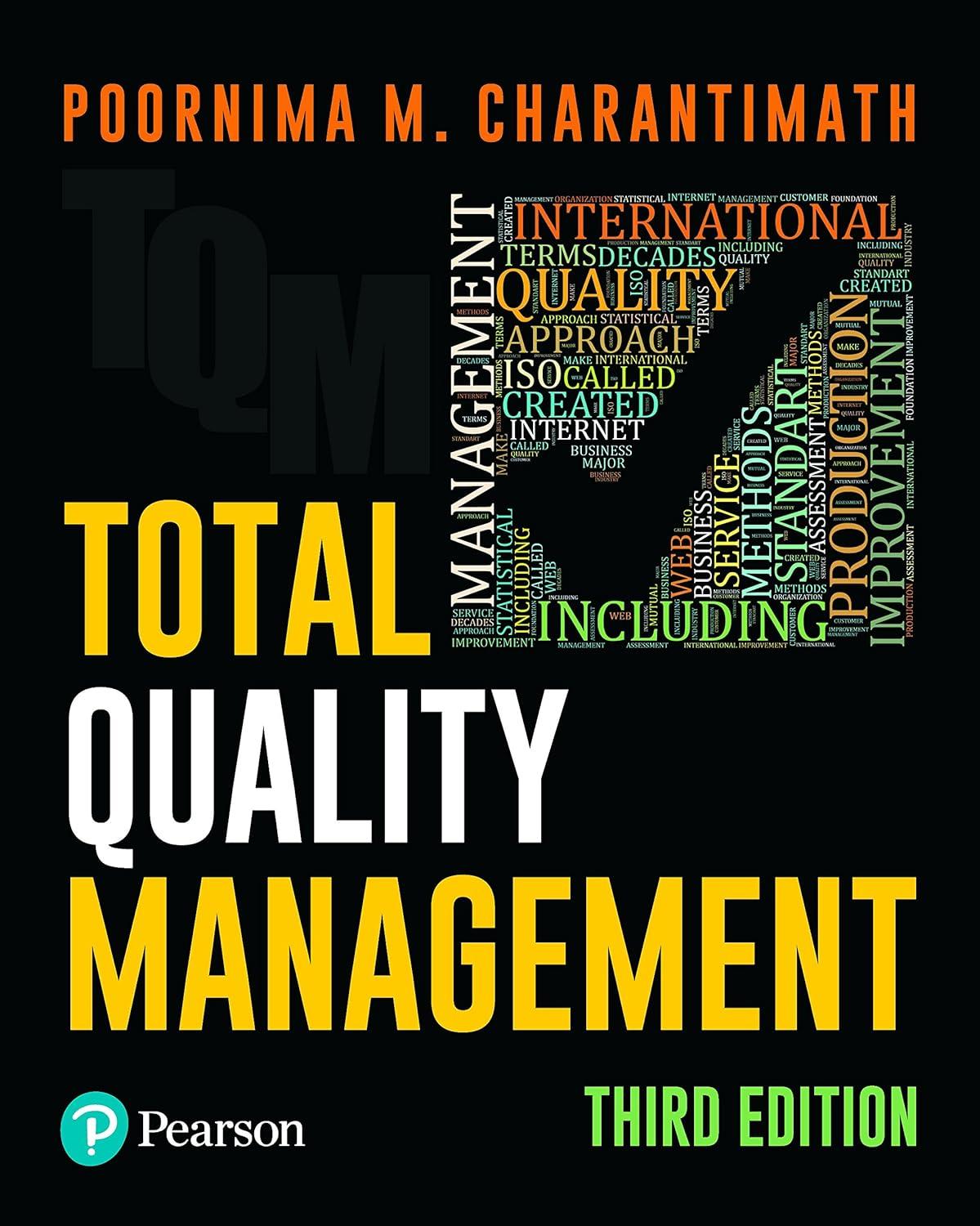Question
Case Study link: https://hbsp.harvard.edu/tu/b871ff21 Synopsis Priya Paul, chairperson of The Park Hotels, an award-winning portfolio of thirteen boutique hotels scattered across India, was in the
Case Study link: https://hbsp.harvard.edu/tu/b871ff21
Synopsis
Priya Paul, chairperson of The Park Hotels, an award-winning portfolio of thirteen boutique hotels scattered across India, was in the midst of a brand revitalization program. Landor Associates, a leading brand consultancy had identified three areas of concern: the shrinking differentiation opportunity provided by the boutique hotel positioning, consumers' negative perceptions of The Park's properties, and a lack of consistency across the hotel properties in the brand portfolio. Competition was heating up and Paul had a goal to expand her hotel portfolio to twenty properties in the next ten years. Paul knew that she had to make some major changes to her brand, including changing her positioning, choosing a new logo, and selecting the right products and services that enhanced her revitalized brand. And, she had to decide where to site the new hotel properties to best compete against global behemoths, Starwood, Marriott, Hyatt and Intercontinental. How could she best revitalize her brand to stand out in a crowded marketplace, while preserving its rich heritage? Which changes would best propel The Park Hotels into the future?
Use various Branding theories, concepts, and frameworks to assist you in answering the below questions:
1. The Park Hotels currently follows a branded house structure as its brand portfolio strategy. Discuss the strengths and weaknesses of this strategy.
2. Central to the branding process is the brand positioning statement. Creat brand positioning statement for The Park Hotels that incorporates four elements: target market, frame of reference, value claim, and reason to believe? Discuss each element in detail.
3. Landor Associates has identified four potential differentiating factors (i.e., value claim/point of difference) D1, D2, D3, D4 upon which they developed three options for repositioning The Park brand: the Culture Curator, Anti-Ordinary, and Social Catalyst.
a. Using the three criteria*; relevance, distinctiveness, and resonance, which repositioning option should Paul choose? Explain why in detail?
b. Should the chosen repositioning option be executed via the branded house portfolio strategy? Explain in detail, why or why not?
Step by Step Solution
There are 3 Steps involved in it
Step: 1
Case Study The Park Hotels 1 Branded House Strategy Strengths and Weaknesses The Park Hotels branded house strategy where the brand is the parent entity and the individual hotels are subbrands has bot...
Get Instant Access to Expert-Tailored Solutions
See step-by-step solutions with expert insights and AI powered tools for academic success
Step: 2

Step: 3

Ace Your Homework with AI
Get the answers you need in no time with our AI-driven, step-by-step assistance
Get Started


